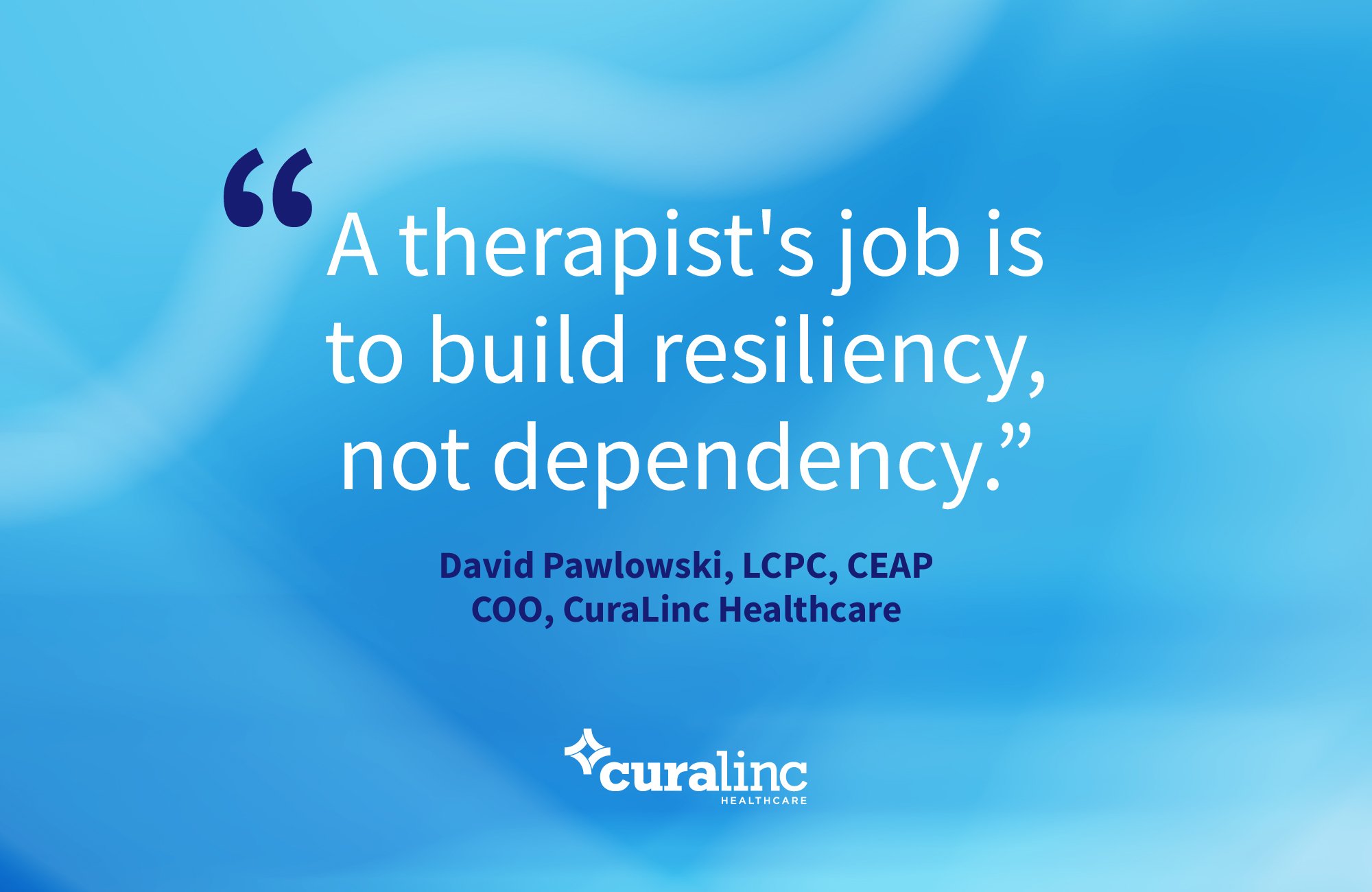Summer fun is winding down, and the new school year is quickly approaching. New classrooms, supplies, schedules – all these things can drum up excitement and help fuel a fresh start. But back-to-school season also comes with a unique set of challenges for teachers.
New school year, new challenges
Each year, as the school doors reopen and teachers welcome new students to their classrooms, they’re required to do much more than just learn new names. Teachers must take time to understand individual student needs, adjust classroom management strategies and create new course materials. They must build new parent-teacher relationships, while simultaneously adjusting to new grading policies and district requirements. And many professionals find they don’t have enough budget money to meet the needs of their growing classrooms.
Data shows teachers are struggling
Kicking off a new school year quickly leads to additional hours, energy, and, in some cases, financial means, and many teachers feel they need more support. That need is greater today than perhaps ever before, with many teachers leaving the field.
A National Education Association (NEA) survey of its members found that
74% have had to fill in for colleagues or take other duties due to staff shortages
80% feel unfilled job openings have led to more work obligations for educators who remain
90% are burned out
CuraLinc's education industry study of more than 8,000 professionals from 217 employers also highlights the need for more mental health and wellbeing support. The study found that there was a higher rate of anxiety among those in the education industry than individuals in seven other major industries, including restaurant/retail and health care. Education industry professionals also experienced high rates of depression and personal stress.
Better support for teachers leads to better support for students
While the back-to-school season can be a particularly difficult one for professionals in the education industry, the right resources can help mitigate challenges and set teachers up for success year-round.
Teacher wellbeing impacts student success
When teachers have access to the right tools and resources to support their mental health and wellbeing, everyone wins. One study showed that programming in support of teacher wellbeing improved teacher cognitive flexibility and decreased distress and personal burnout. In addition, these reduced symptoms of distress positively impacted student perceptions of teacher support and were associated with improvements in students’ academic self-perceptions.
Supporting teacher mental health has a long-term positive impact
Creating a supportive work environment is essential to the long-term growth and development of any organization – and schools are no different. The staffing shortages currently affecting teachers and students can be improved with access to personalized support.
CuraLinc’s study found that after receiving personalized, high-quality treatment, 88% of individuals at risk for depression recovered to no longer be at risk. Among those with anxiety, 79% were considered to no longer be at risk after receiving treatment. In addition, among professionals who experienced a work productivity problem, 88% recovered to no longer be at risk, resulting in an average of 38 hours of restored productivity per person.
These findings indicate the true value of investing in teacher wellbeing.
How employers can support teachers’ mental health and wellbeing
Leadership support goes a long way in helping teachers to find balance and better manage their own wellbeing with the demands of the profession.
Offer and promote workplace mental health programs
Employers should commit to offering mental health and wellbeing benefits that meet the needs of their staff. Work with a program provider that can offer personalized, high-quality care, including access to counseling, coaching; and work-life balance and self-care resources. CuraLinc’s study found that among education industry professionals, 57% preferred in-person counseling or coaching as opposed to video. Providing choice in how one receives care is essential to achieving the best outcomes.
In addition, be sure to promote these benefit offerings year-round. Highlighting available resources at the time of hire or during a benefits renewal period is not enough. Teachers are more likely to feel comfortable accessing available resources when they work in a culture that encourages them to reach out whenever they’re struggling. Encouraging conversations about mental health and promoting benefits year-round helps reduce stigma and increase program engagement.
Provide opportunities for professional development and training
As back-to-school season approaches, employers and education leaders should ensure teachers feel prepared. Set aside time during in-service days to review any new technology, policies or teaching methods so teachers have time to develop any new skills necessary to succeed. Coordinate with your workplace mental health provider to offer lunch n’ learns or short workshops on topics like stress management, self-care and how to access available mental health and wellbeing benefits.
Surveys also provide teachers with an opportunity to speak up and be heard. Consider surveying staff members to learn more about their needs during this critical time of year. What do they find most challenging? How can you better support them? Create a strategy focused on meeting their needs and commit to improving each year.
Recognize and appreciate hard work
A little recognition can go a long way during challenging times. Acknowledge that returning for a new school year can be difficult and show gratitude for the time and energy teachers dedicate to preparing for their students. Provide flexibility in scheduling when possible. Say thank you with a free meal that allows new and veteran teachers time to pause and connect. Support from colleagues can be invaluable during stressful times.
Schedule staff appreciation events in advance so everyone can plan to attend. You can also incorporate wellbeing into your recognition system to encourage learning about and taking advantage of all your benefits offerings.
Keep the lines of communication open
It’s important for teachers to feel like they have a platform to share their experiences and struggles. Create a convenient way for them to submit any concerns, share feedback and offer suggestions. This can be done online or during specific in-person training hours. Whatever you decide, be sure you are prepared to listen and respond in a timely manner so everyone feels heard.
Creating clear lines of communication can help foster strong relationships between teachers and school leaders, building the foundation of confidence and trust that’s necessary to tackle challenges together.
Prioritize teacher mental health this school year
As summer comes to a close and students prepare to return to classrooms, employers and school leaders must commit to prioritizing teacher mental health and wellbeing. Doing so benefits educators, students and the future of the education field as a whole. More support to manage a growing list of challenges is necessary to continue attracting and retaining passionate educators who are committed to doing their best.
Learn more
CuraLinc is committed to providing convenient access to personalized, high-quality care for teachers.
Access our latest education industry study to find out more about the current state of mental health within the industry and how proper resources and treatment can help. If you have questions about how we can support your organization and educators, contact us to learn more.




